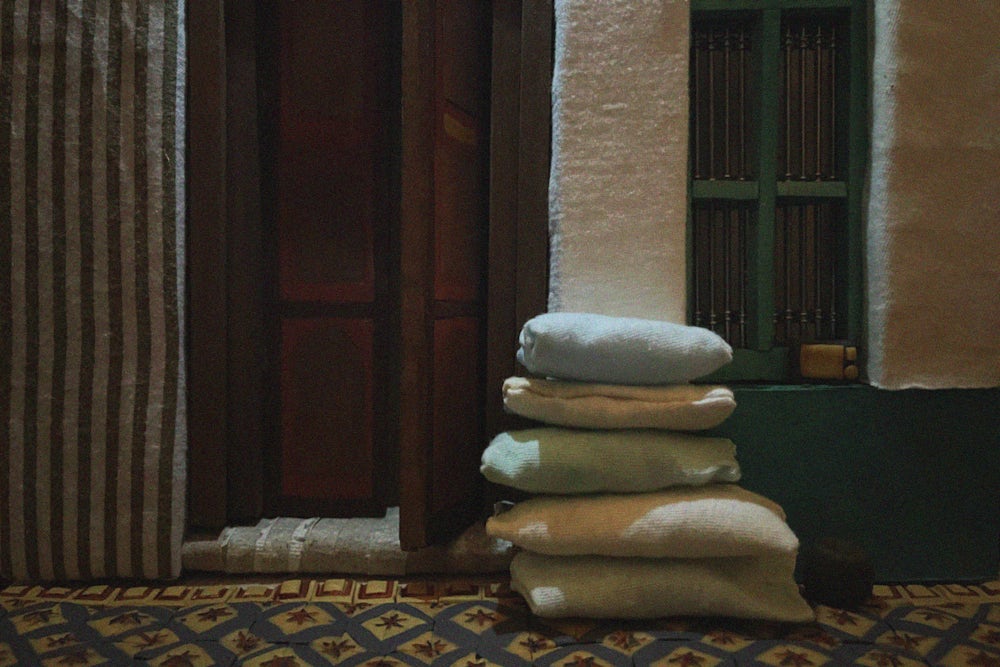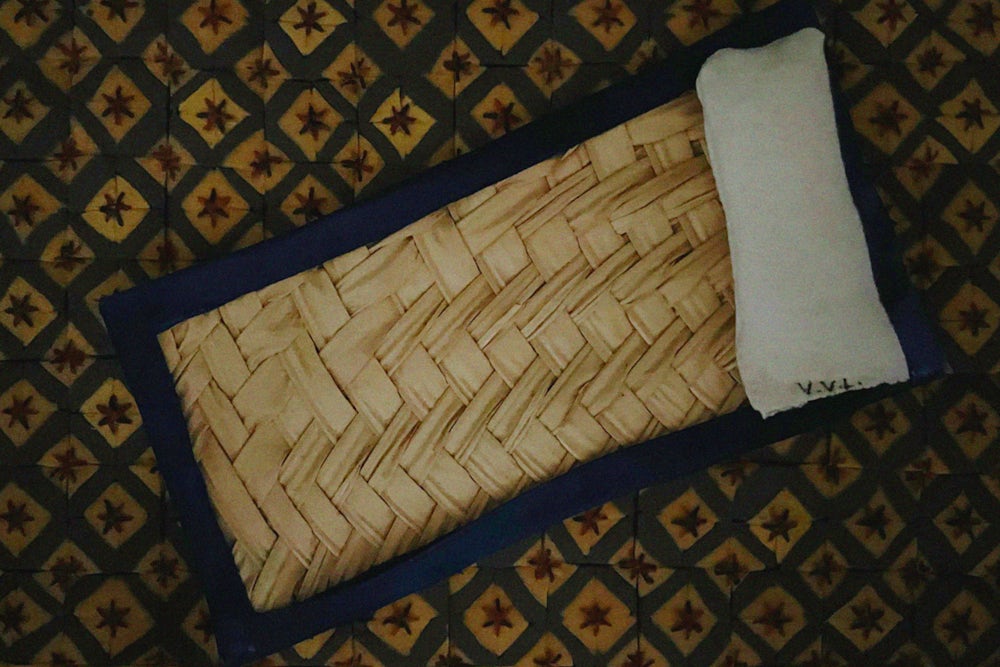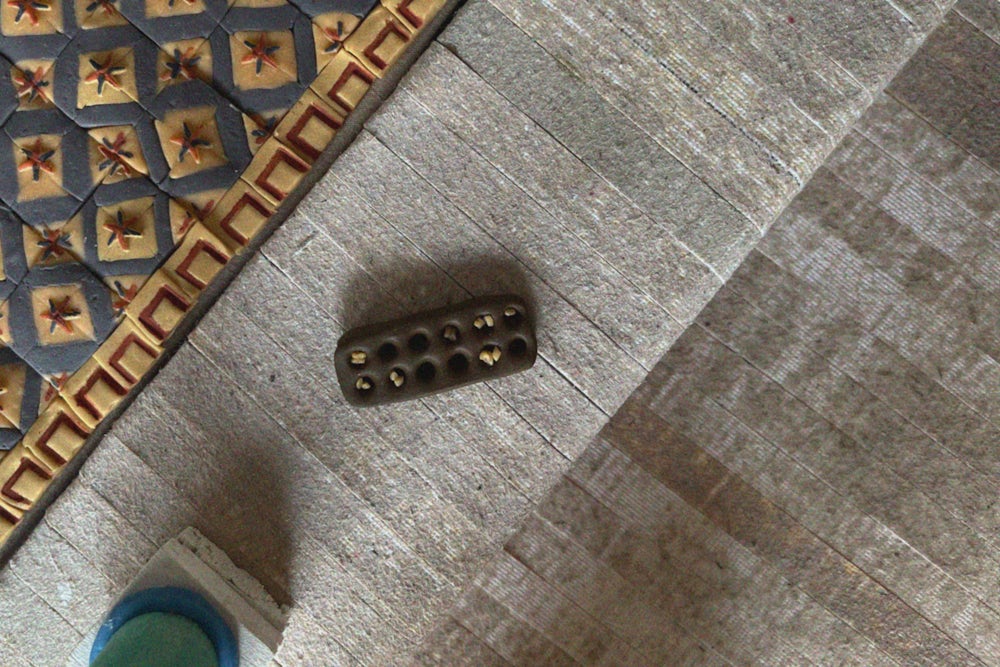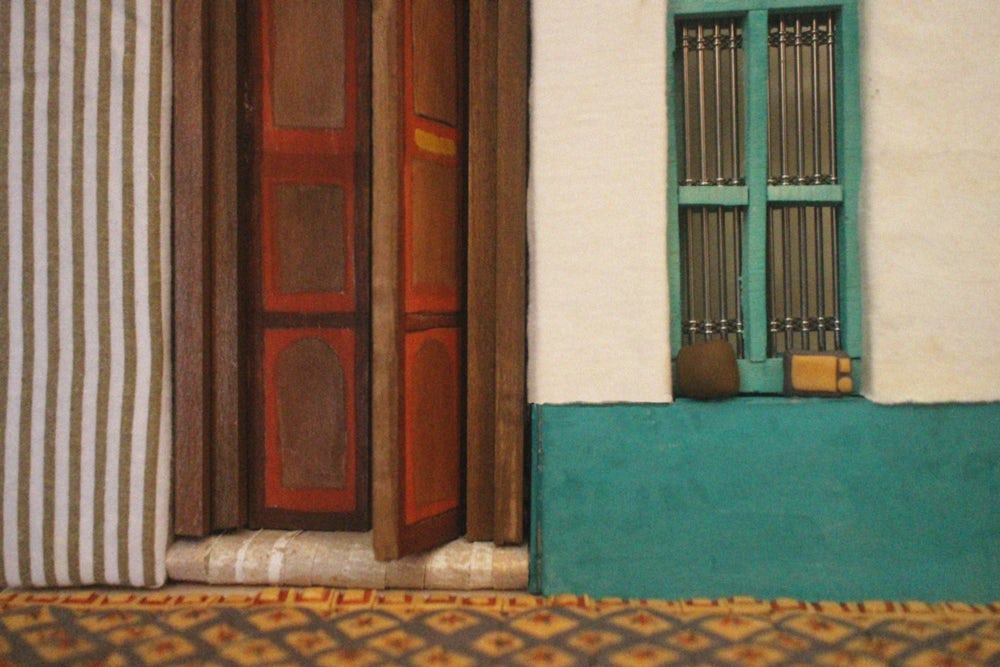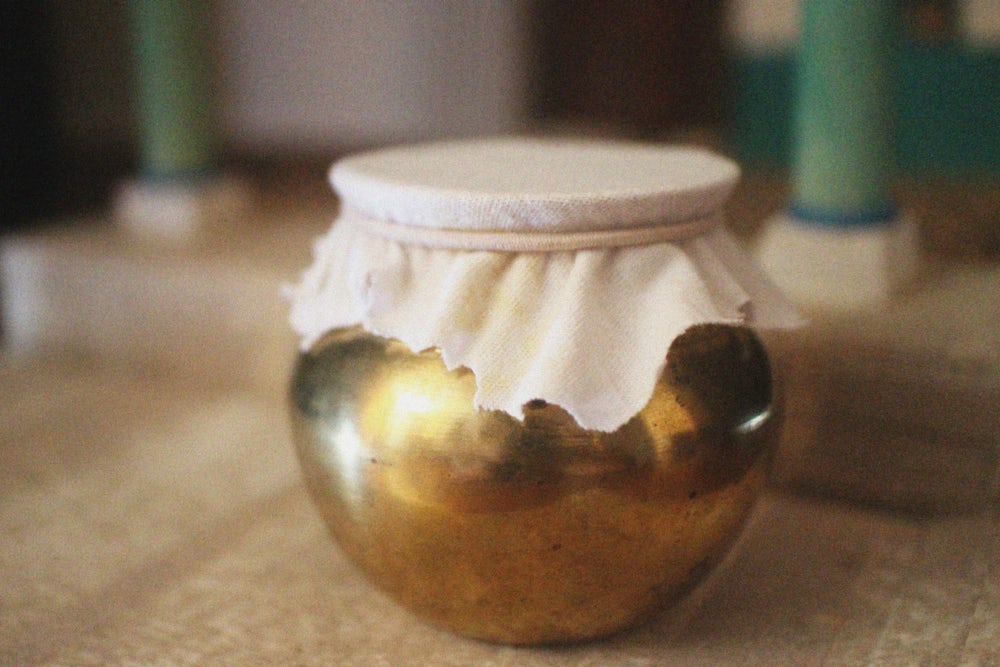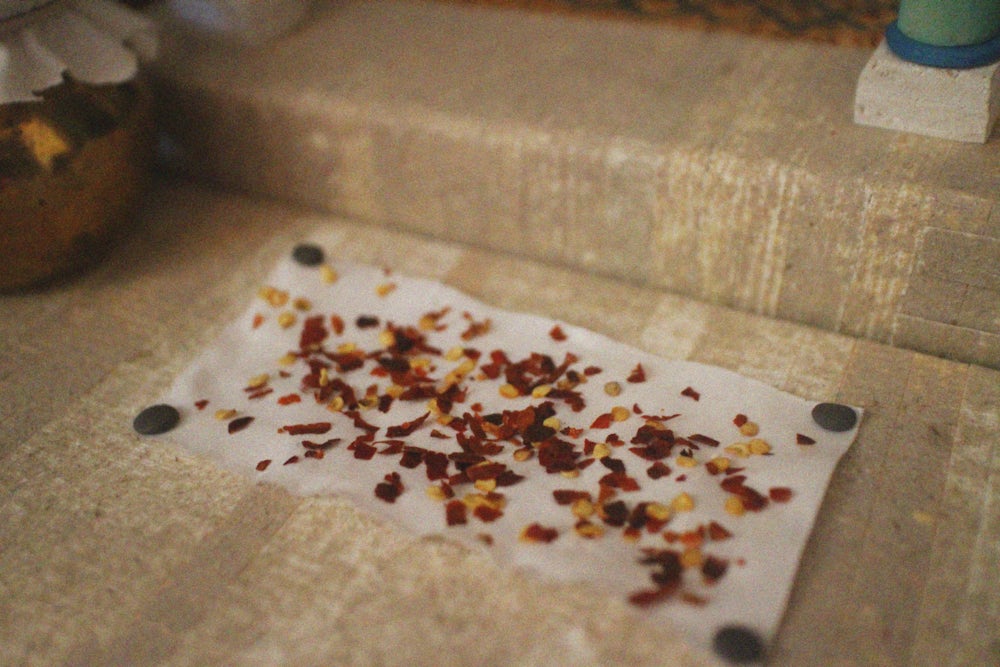Sweta Solai Lakshumanan Sanker
"‘The Chettiar Dichotomy’"
Keywords: architecture, borders/boundaries, decolonising knowledge, domestic space, feminist methodologies
செட்டியார் வீட்டில் இல்லையா? Tamil pronunciation: Ceṭṭiyār vīṭṭil illaiya? Translation from Tamil: Is the Chettiyar not at home?
One of the most common sentences heard as one walks through the front door of a household in Chettinad. This sentence not only symbolises the dominance of male members in the Chettiar community (as the single most important figure of the household) but also indirectly acknowledges the anticipated absence of these men from their ancestral homes in Tamil Nadu. Culminating in the 19th century, the Chettiars were part of a wealthy merchant trading caste of the Vaishyas, who were famous for their pioneering efforts in the banking industry across Southeast Asia. Because of their continued success in expanding their businesses abroad, the Chettiyars would often leave their families and wealth in South India under the oversight of their wives – the Aachis – for several years at a time. With the absence of the patriarch, the Aachis instinctively resorted to their native intelligence of frugality and diligence in dealing with everyday trivial matters regarding their respective households. This project therefore aims to visually depict the architectural consequences of gender segregation and cultural heritage in Chettinad, by uncovering the role of the unassuming but independent and powerful Aachis that stood in as heads of the households in the absence of their seafaring husbands.
The Aachis were known for their exceptional frugality in saving and earning any little money they could, whilst their Chettiyar counterparts gained lavish earnings abroad. During their husband’s lengthy absence, the Aachis would subconsciously take on the role of the head of the family. These women managed household finances on a daily basis, kept ancestral mansions in order, raised children, and maintained social statuses within the community. The Aachis however, were never explicitly given this space and power as the head of the household, but yet it developed out of dependency and necessity when their male counterparts were away for business. Unsurprisingly, when the Chettiyar men returned from abroad, the Aachis would be on the compromising end of this partnership – often retreating to their designated domestic spaces within these lavish mansions, whilst carrying out their daily tasks like fussing over the servants and cooks to ensure their husbands and families were well fed.
Despite the significant contributions of the Aachis, a large portion of the modern literature and archives on the Chettiar caste have chosen to focus primarily on the economic contributions of the Chettiyar men within South East Asia. This notion of selective representation has therefore not only managed to eradicate an entire portion of history with regards to this community and its upbringing but has also manifested the underlying issues present till this very day with regards to gender segregation and the patriarchy within this particular caste. There is a notable lack of information with regards to the social aspects of this caste and in particular, the women of this entire community.
‘The Chettiar Dichotomy’, therefore, chooses to focus on the underrepresented lives of the Aachis. The Aachis were an extraordinary group of women who essentially built and brought up an entire community of people on their own. Their resilience gave them the ability to seize power from whatever little space that was allotted to them in life – in a period of time in which gender equality held no meaning. Through the particular lens of my palatial home in Mithilaipatti in India, I utilise the final piece as a means of evidencing the physical and tangible influence these women had on specific areas of these mansions.
Through the process of compiling a series of personal interviews conducted with several instrumental Aachis within the community, the project uncovers and translates spatially – the strength and voices depicted by the experiences of these Aachis through a verbal account of their daily routine. This practice is in pursuit of portraying the dichotomy, that is to say, how these spaces were designed for specific gender roles of the community, and how they were actually used in the absence of the patriarch. The physical model therefore depicts and showcases specific spaces within these mansions where Aachis would normally spend most of their time caring, living, and working. The model utilises a similar construction method to that of the everyday practices of the Aachis by only using found material to reconstruct the defining portion of my ancestral home in Mithilaipatti.



